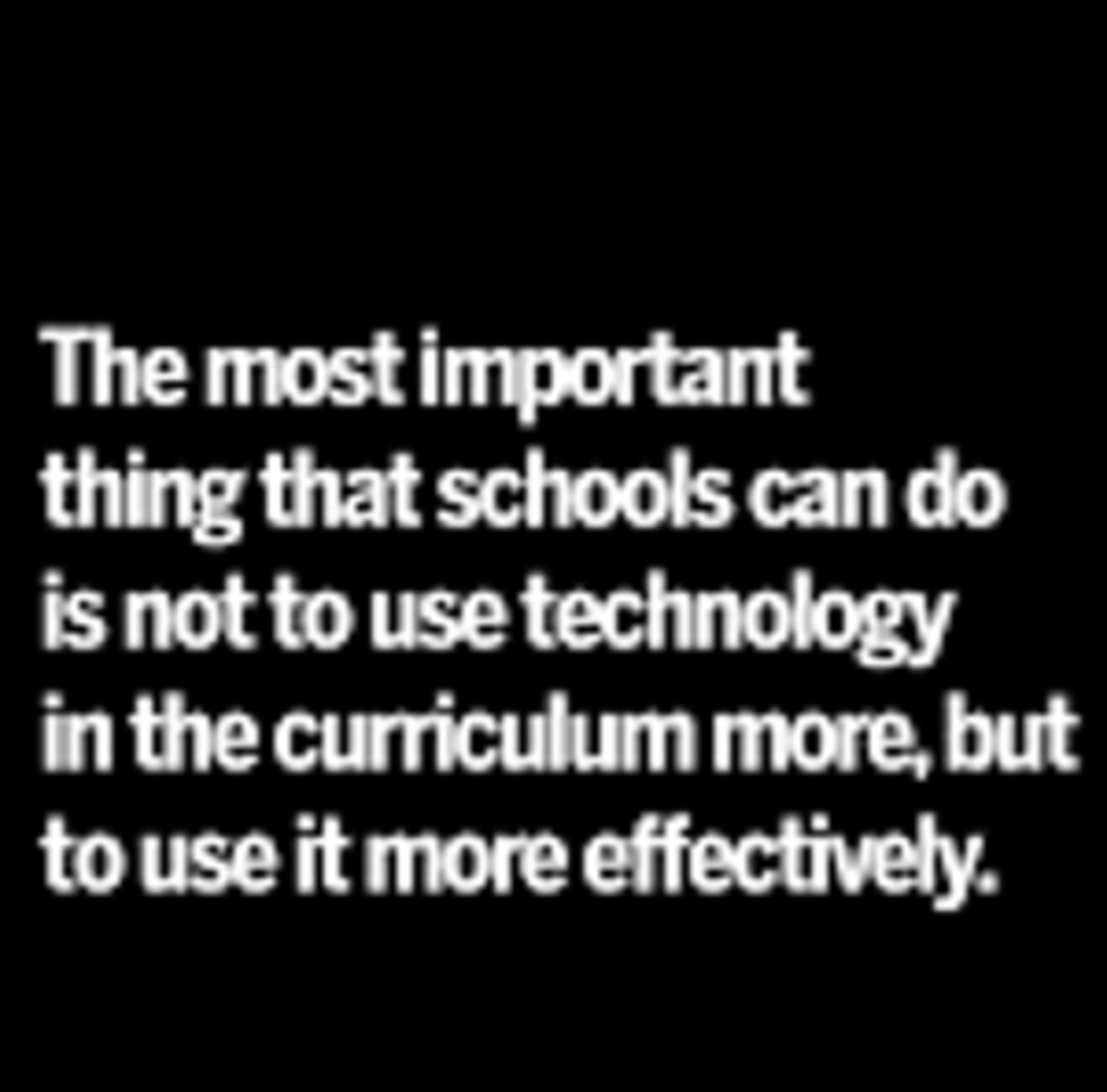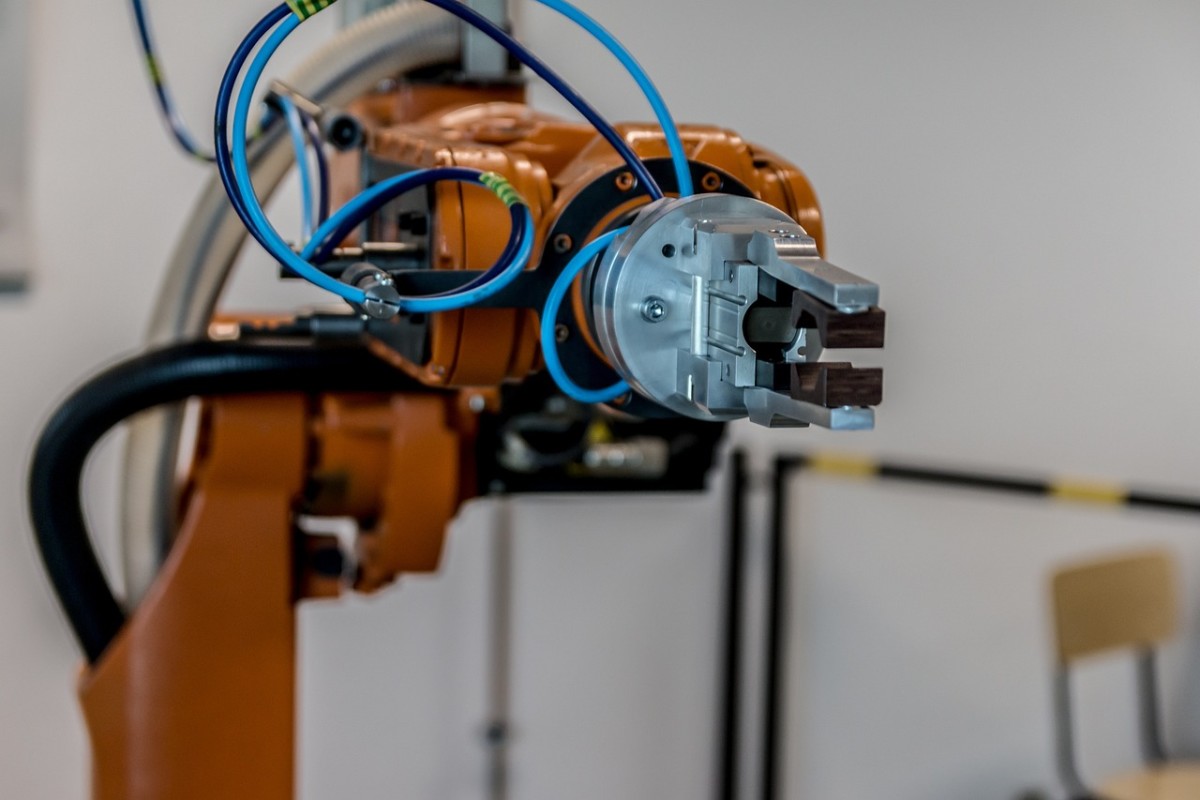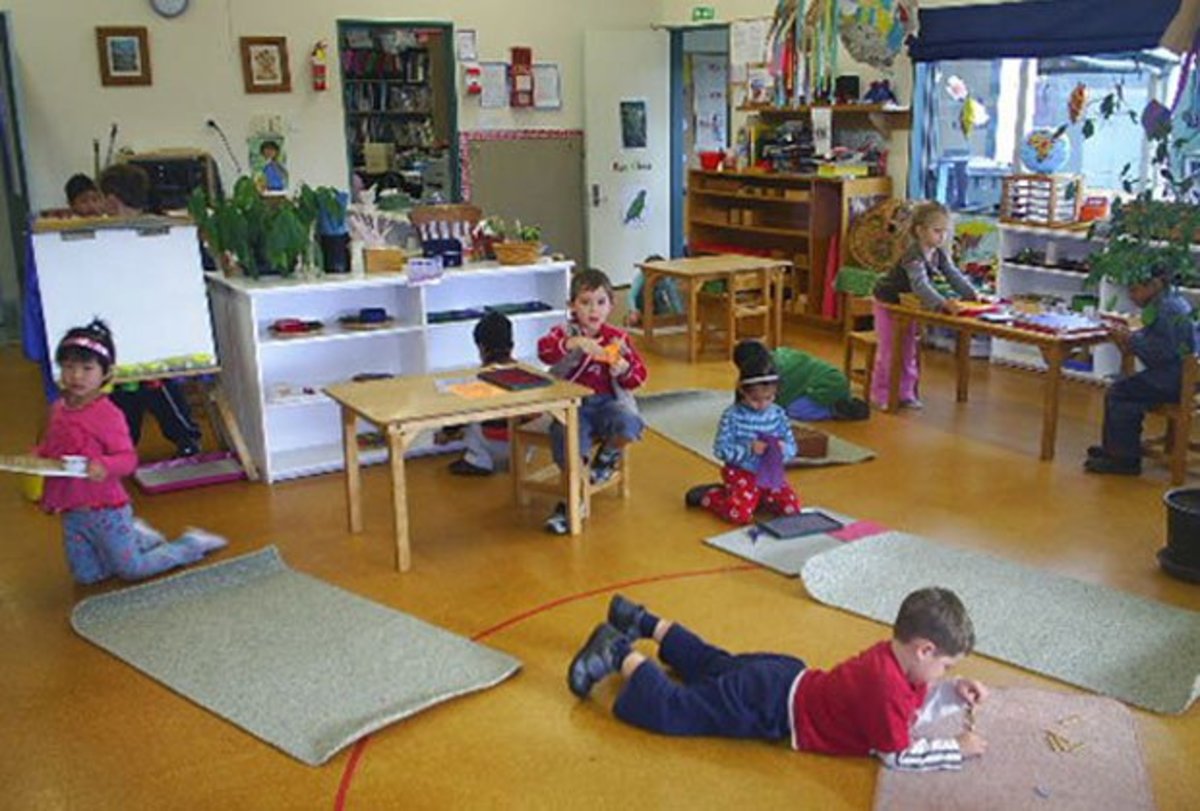Information Technology tools in today's schools
When I was growing up, I remember I always disliked to carryout manual work or assignments, yet this was and is always the norm of many African kids especially those growing up in the rural areas.
I grew up on the slopes of Mt Kenya on the northern side of Kenya. My dad was a teacher and we lived a modest rural Kenyan life where we had to struggle for nearly everything, water, fuel, food, schooling …name it. Like every good son, I always wanted to emulate my father.
My old man always wanted to help people and his best moments were when he was helping someone or aiding students with their school work. From those early years I fell in love with teaching, it is what I wanted to do when I grew up…but wait, I didn’t like the way my dad used to look like when he came back home from school, dusty and his shirts and trousers all with white chalk marks especially around the pockets.
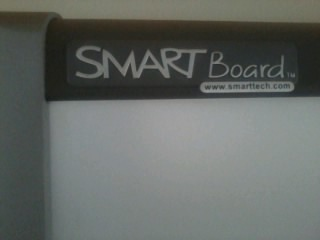
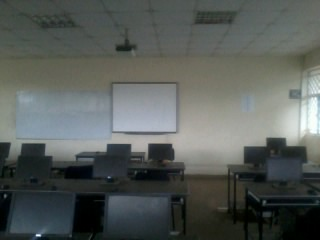
Today, I look back to those days with nostalgia, what if I did let those white chalk marks deter my teaching desires? I must admit though that I almost forgot about my desires to teach. As you grow up you get to discover other opportunities in life.
After my graduation, I got a job as a Network Administrator in an institute of higher learning. My job was and still is to maintain the College LAN and connectivity. It was when was at it one day when an IT class lecturer asked me to take the students through techniques of installing and configuring a Firewall.
At the end of it, the lecturer said it was a thorough practical tutorial and wondered why I could not combine my IT skills and teaching. In six months time I found myself in a Technical College of Education learning teaching methodologies –Skills of how to deliver successful lectures, class management, human psychology and sociology, modern education among others. That is how I ended up as lecturer cum IT professional.
Education and education sectors have really changed over the years and in developing nations such as Kenya it is no exception. If one day you had wished to become a teacher, a tutor or a lecturer but you gave up owing to discouragements such as health hazards caused by Chalk dust, repetitive tasks such as filling in and processing of students marks, attendance registers, time tabling etc. then worry nor more. Information communication and technology tools have been developed and made available to be integrated in schools.
These technologies are tailored to simulate day-to-day tasks of a teacher. They not only make delivering of lecture contents easier when teaching but they also enhance learners interactions, better academic management and accountability as well as evaluating learners and learning process.
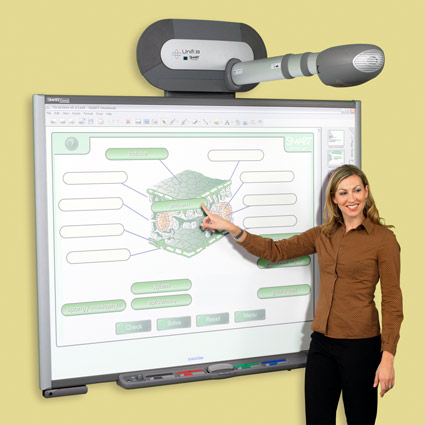
Interactive Smart Boards
Most of us and especially in developing nations like Kenya, (my friend reminded me that I have to be cautious with the use of the terms “developing nation” in regard to Kenya especially with the recent discovery of oil), attained our early education through classrooms filled with chalk dust, rough writing materials, abstract school work, theoretical lessons and hey! were there Google and Wikipedia?
Chalk dust is nor more, theoretical contents are becoming less and less and lessons are interactive as ever, thanks to technologies such as Interactive Smart Boards. With the use of Smart Boards it is possible that classroom teaching may be transformed into an entirely different learning place, motivated by curiosity, rather than just fear of a "FAIL".
A Smart Board is an interactive, wall-mounted electronic white board that simulates the classical black board concept with the information retrieval, information-sharing and storage attributes of a computer. Diagrams, text, illustrations etc. can be outlined on the Smart board during class lessons and with a finger tap, send them to a computer. Lessons can also be relayed to absentees who for one reason or the other were unable to physically attend lectures but wish to follow proceedings from remote locations.
"Introducing Smart Board technology into classrooms has added a whole new level of interactive teaching, learning and content delivery to learners," said a school IT director.
Interactive Smart Boards help teachers to deliver dynamic, interactive, content rich lessons, write notes in digital ink, and store or retrieve their work – all with the simple touch of a finger in a way that could not have been imagined in the days of classical chalk-blackboard classrooms.
Schools management applications
When it comes to the other side of school management and learners’ evaluation, ICT technologies never fall short. School management software applications have been developed to cater for these needs.
Timely retrieval of information is vital in decisions making, accountability and proper management of institutions. Gone are the days when schools used to keep their information in record files and handbook ledgers.
Learners can interact with such systems to registers themselves online, view or print timetables, check their progress reports, join a portal or just receive bulletins. Most school management systems can be extended to incorporate stakeholders such as parents and suppliers through use of extranets and Bulky Short Messaging Services (BSMS).
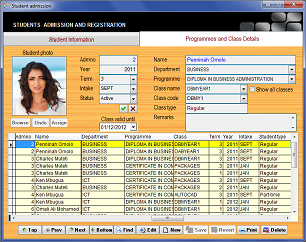
School Management Information System is usually a client-server database management application which is used for school management.
It allows users to store school's information electronically, including information about students, employees, suppliers, parents, inventory, teaching resources etc.
Most importantly, this information can be shared with authorized users of the system. Records and files can easily be searched and retrieved, and reports can be generated.
Most School Management Systems are client-server that run on a Local Area Network (LAN) but the server can be configured to be a public server - with a static IP or domain names. Users of the system (learners, teachers, parents or even suppliers) can log-on and use the system from wherever they are provided they have an internet connectivity. Usually, users log-on using authentications such as usernames and passwords.
Different ICT technology tools are available today that can be used to make life of learners in school fun and enjoyable yet productive to their mental growth. School administrators can rely on ICT technologies to manage school activities and hence dedicate more time to the overall academic growth of learners.
Related Hubs ...
- What is cloud computing? A beginner's approach
Cloud computing is simply a set of pooled computing resources and services (“cloud”) delivered over the internet ...
- Data Security Issues In Cloud Computing
As many cloud users seek the services of cloud computing, the one question that remains their major concern is the security of their data in the cloud ...
- Cloud Computing: Deciding Between Public Cloud And Private Cloud
The best way to decide whether you need a private cloud or a public cloud or even a hybrid cloud for your organization is to outline the goals and policies of your organization. Decide what business factors should be given priority ...
- What is TelePresence?
The design of a TelePresence system will mostly be limited by installation cost, equipment, cost of bandwidth, expertise, distance, topographical setup, provision of LAN or WAN ...
- Education: Top and Best International Schools in Kenya
If you are a tourist, a diplomat, an expatriate or just wishing to visit Kenya for a longer period probably with your family and you are worried about education in Kenya or whether the education system in Kenya will offer...

